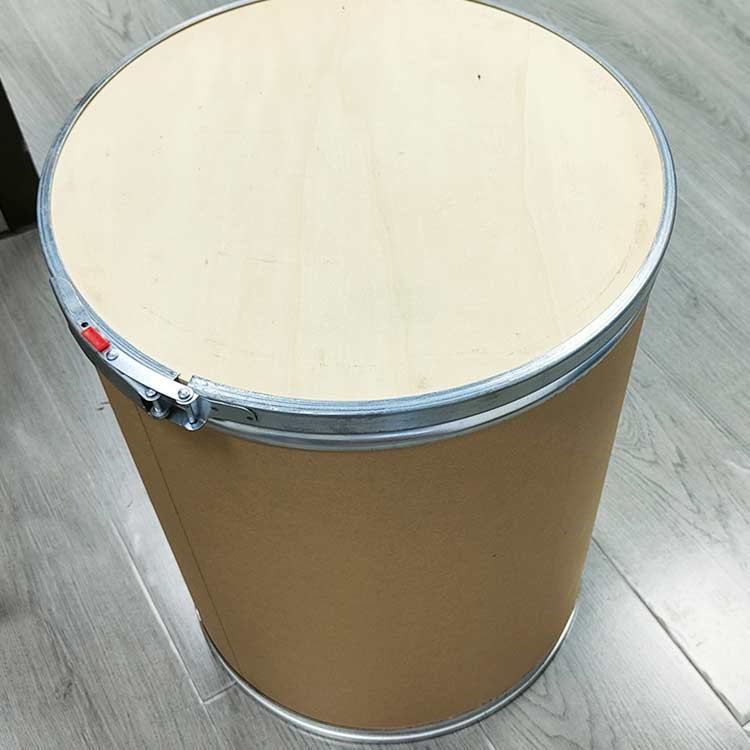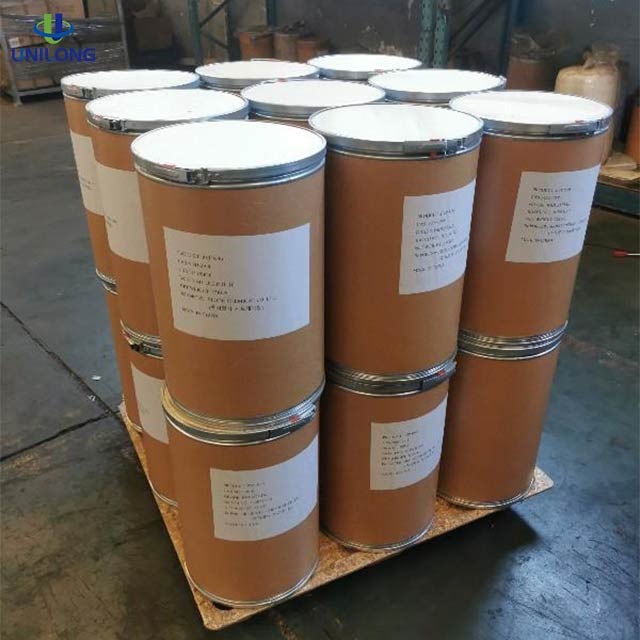3,3′,4,4′-Biphenyltetracarboxylic dianhydride CAS 2420-87-3
3,3 ', 4,4' - Biphenyltetracarboxylic dianhydride is an important polyimide monomer material with wide applications in the synthesis of high-temperature resistant polyimide materials. Used for the production of polyimide products and their composite materials, pharmaceutical intermediates.
CAS 2420-87-3 of 3,3',4,4'-Biphenyltetracarboxylic dianhydride is a special structure and excellent performance aromatic dianhydride compound, and it is also a core monomer for the synthesis of high-performance polymer materials. It has an irreplaceable application position in fields such as aerospace, electronic information, and high-end equipment.
| Item | Specification |
| Boiling point | 614.9±48.0 °C(Predicted) |
| Density | 1.625±0.06 g/cm3(Predicted) |
| Melting point | 299-305 °C (lit.) |
| λmax | 300nm(lit.) |
| Purity | 99% |
| Storage conditions | Inert atmosphere,Room Temperature |
3,3',4,4'-Biphenyltetracarboxylic dianhydride (CAS 2420-87-3, abbreviated as BPDA) is a core monomer for synthesizing high-performance polymer materials, and its applications are highly focused on the high-end materials field.
1. 3,3',4,4'-Biphenyltetracarboxylic dianhydride is used as high-temperature resistant structural components for spacecraft (such as local components of satellite casings) and insulation coatings for engine compartments; The flexible antenna substrate of the equipment and the high-temperature resistant cable insulation layer.
2.BPDA can be used in integrated circuits (ics) : to prepare interlayer insulating films, reduce dimensional deformation caused by chip heating, and enhance chip stability. It is made into PI composite materials (such as filled carbon fiber and graphite), which are used in bearings and seals under high-temperature working conditions (such as sealing components of automotive engines and chemical equipment), replacing metal materials to reduce wear and corrosion.
3. Besides polyimide, BPDA can also react with different monomers to form other functional polymer materials, expanding its application boundaries
Synthetic polyamideimide (PAI) : BPDA reacts with diisocyanate to form PAI. This type of material combines the high-temperature resistance of PI and the impact resistance of polyamide, and can be used to prepare high-end engineering plastic parts.
Synthetic polyetherimide (PEI) : It reacts with diamines containing ether bonds to form PEI. Its processability is superior to that of traditional PI. It can be made into the shells of electronic devices and high-temperature resistant connectors through injection molding, taking into account both strength and easy processability.
4. The anhydride groups in the BPDA molecule can undergo ring-opening reactions with the epoxy groups of epoxy resin and be used as high-temperature resistant curing agents:
4,4'-Biphthalic Anhydride 2420-87-3 is mainly used for preparing "high-temperature resistant epoxy composite materials", such as the root curing of wind turbine blades (which need to withstand long-term outdoor high-temperature aging) and the curing of epoxy substrates for high-end circuit boards, to enhance the thermal stability (the Tg of the cured material can be increased to over 180℃) and mechanical strength of epoxy materials.
Usually packed in 25kg/drum,and also can be do customized package.

3,3',4,4'-Biphenyltetracarboxylic dianhydride CAS 2420-87-3

3,3',4,4'-Biphenyltetracarboxylic dianhydride CAS 2420-87-3













